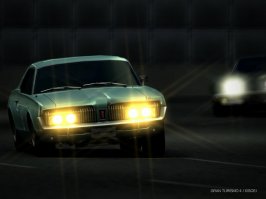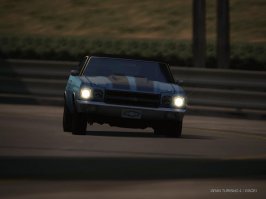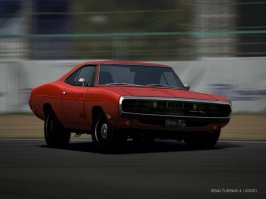- 10,557

- Columbia, MD.
- Parnelli_Bones
Sorry if this topic pre-exists...I searched, bla bla bla..
This is something I noticed a while back as I watched a replay of the Shelby Cobra: tire-flexing. As this car cornered and brakes heavily, PD actually modeled the car's tires so that they flex and compress as the contact patch increases. Below is a pic of my '54 Corvette (again) to give an example.

Click to enlarge.
Good job, PD! + Rep! Tires from yesteryear often had lower psi (pounds per square inch) requirements when you inflated them with air than they do nowadays, which is perhaps what this is all about.
This is something I noticed a while back as I watched a replay of the Shelby Cobra: tire-flexing. As this car cornered and brakes heavily, PD actually modeled the car's tires so that they flex and compress as the contact patch increases. Below is a pic of my '54 Corvette (again) to give an example.

Click to enlarge.
Good job, PD! + Rep! Tires from yesteryear often had lower psi (pounds per square inch) requirements when you inflated them with air than they do nowadays, which is perhaps what this is all about.
Last edited:


 Has anybody noticed what I'm talking about?
Has anybody noticed what I'm talking about?








